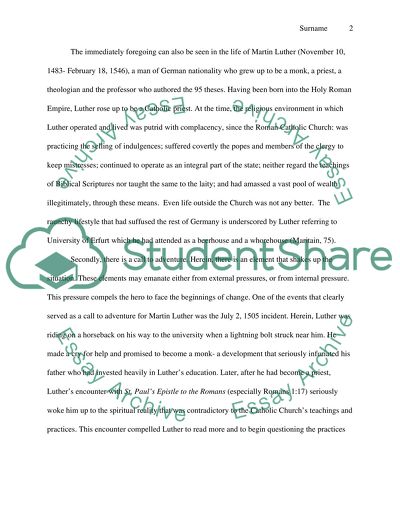Cite this document
(“Joseph J. Campbell 'The Hero with a Thousand Faces' Essay”, n.d.)
Retrieved from https://studentshare.org/religion-and-theology/1484787-8-stages-about-a-real-person-hero
Retrieved from https://studentshare.org/religion-and-theology/1484787-8-stages-about-a-real-person-hero
(Joseph J. Campbell 'The Hero With a Thousand Faces' Essay)
https://studentshare.org/religion-and-theology/1484787-8-stages-about-a-real-person-hero.
https://studentshare.org/religion-and-theology/1484787-8-stages-about-a-real-person-hero.
“Joseph J. Campbell 'The Hero With a Thousand Faces' Essay”, n.d. https://studentshare.org/religion-and-theology/1484787-8-stages-about-a-real-person-hero.


